How to Build Muscle Mass and Strength with Box Squats – Technique, Benefits and Variations
This definitive guide will help you learn how to improve your strength, muscle mass, technique and programming with Box Squats.
What are Box Squats?
Box Squats are any type of Squat where the athlete sits down and pauses their glutes on a box before driving their body and load back to the fully extended standing position.
They include all different kinds of loads (barbell, dumbbell, sandbags, odd objects).
Muscles Worked by Box Squats
A member of the Squat family, this version works, improves and targets many of the same muscles.
Quads
The role of the quads is to extend the knees. During Box Squats they are mainly engaged during the lifting phase of movement.
It is important to understand the following when choosing the height of your box:
- The higher the box, the shorter the range of motion. Less engagement for the quads
- The Lower the box, the longer the range of motion. More engagement for the quads
Glutes
As with any Squat, the glutes will be significantly worked by the Box Squat.
The lower the bar on the back, the higher the amount of hip flexion. This means more work for the glutes.
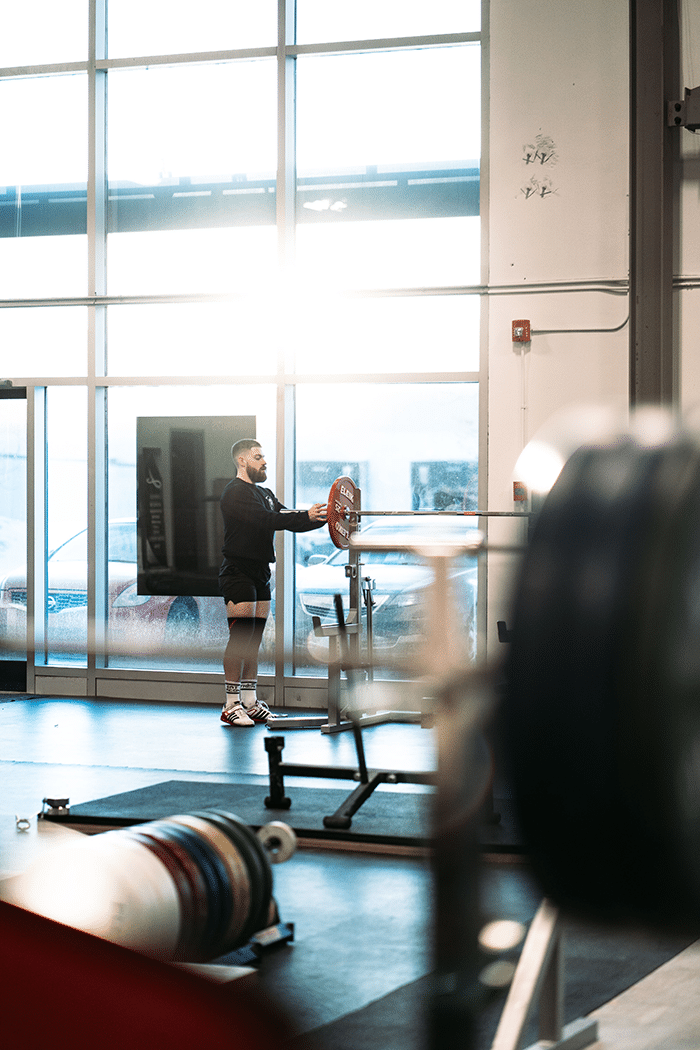
Hamstrings
The Hamstrings are a hugely important part of the posterior chain and will help you to generate force and move the weight.
The exercise also improves the spinal erectors, hip flexors and lower back muscles.
Benefits of Box Squats
So exactly how will Box Squats benefit you, your training routine and your goals?
Build Muscle
Adding Box Squats into your leg days will maximise time under tension. This is a great way to build muscle and mass.
The Squat itself is an excellent muscle building tool so you can optimise its effects and your gains with this variation.
Build Strength
The Squat is probably (along with the Deadlift) the best strength building exercise that exists.
“There is simply no other exercise, and certainly no machine, that produces the level of central nervous system activity, improved balance and coordination, skeletal loading and bone density enhancement, muscular stimulation and growth, connective tissue stress and strength, psychological demand and toughness, and overall systemic conditioning than the correctly performed full squat.” Mark Rippetoe
The Box Squat simply provides you with an alternative way to include this excellent exercise in your training.
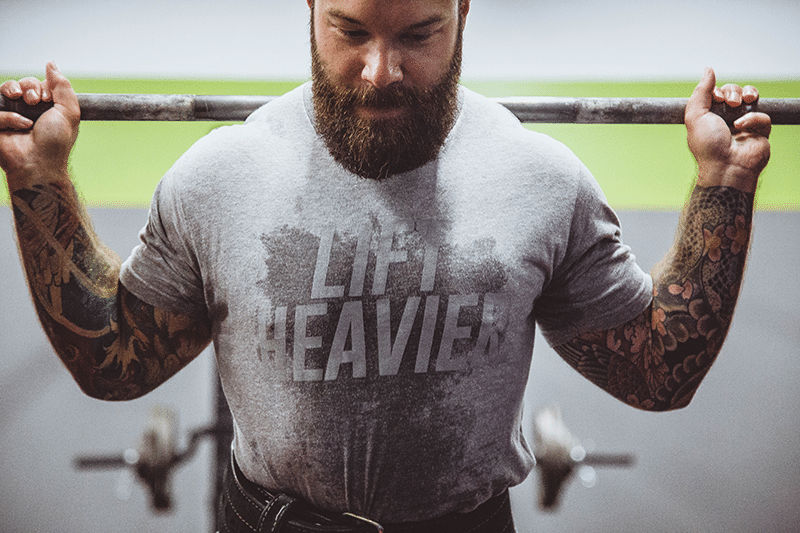
Create a Powerful Posterior Chain
Box Squats extend your lower back further than regular Squats. This places a new kind of stimulus on the posterior chain. As a result, with proper form for the exercise, this will significantly develop this aspect of your fitness.
Improve Your Squatting Form
The pause at the bottom of the range of motion will help to improve your technique in general. It forces you to stop using any momentum to propel yourself upwards.
It makes the lifter move slowly through all phases of the exercise, helping to identify sticking points, areas of weakness and mobility blind spots.
Less Stress on Your Knees
Compared to Back Squats or Front Squats, the exercise places slightly less pressure on your knees.
Enhanced Concentric Strength
The pause at the bottom of the movement eliminates any possibility of using momentum during the lift.
All the power is drawn from technique and raw ability. Only concentric strength can take the athlete from the sitting position back to standing at full extension.
This translates to bigger quads and a more effective, stronger lockout at the top.
How to do Box Squats
Firstly, make sure you have a box that allows you to break parallel when you sit down on it.
Position this a few paces behind you so that when you rack the barbell you can simply take a step back and begin the descent.
Set the barbell slightly lower that your shoulders on the rack.
- Unrack the barbell as you would for a regular Back Squat and take a step backwards
- Adopt a stance with your feet slightly wider than shoulder width
- Shoulders over hips. Head and neck in a neutral position
- Inhale and brace your core, grip and glutes
- Break at the hips and descend until your glutes touch the box
- Sit down on the box and pause for at least two seconds. Do not break the tension in your body
- Push your feet into the ground, stabilise the bar and begin the ascent
- Squeeze the glutes, keep your back straight and your chest proud
- Extend up into the fully standing position
- Exhale
- Repeat for the desired number of reps
Training Tips for Box Squats
Stay Stable
The movement can take time to get accustomed to. You must feel the weight and balance it accordingly at all times. This is especially true after the pause as you begin the return journey back to the standing position.
Use Your Feet
It is important to use your feet to grip and to generate force and power.
Imagine your toes like talons, gripping into the floor. This will help you stabilise your movement and enhance your power output.
What Height Box should I Use for Box Squats?
The lowest starting height should be a box that allows you to break parallel.
You can experiment with much lower boxes to increase the range of motion.
Advanced lifters my also use higher boxes to achieve partial reps and augment their lock out skills.
Box Squat Variations
The following three variations will allow you to mix up your training, keep your body guessing and maximise your gains.
Bodyweight Box Squat
Perfect for beginners, this will help any athlete master the basic technique. This is also useful for lifters that feel daunted by the Box Squat, or simply as way to build confidence during the transition.
Dumbbell Box Squat
This could equally well be a kettlebell, but either way you need to load your body with some weight so that you can take the movement to the next level.
This variation can also be especially useful if your goal is to work on and enhance your mobility and movement.
Low Box Squat
This version expands the stress on the posterior chain and makes your knees move through a much longer range of motion. Your body, and especially quads, have to work much harder here.
Who Should do Box Squats?
Box Squats can be highly effective for many different types of athletes
General Fitness Athletes
Box Squats will bring the same benefits that a Back Squat will create. It will also lengthen the range of motion and maximise time under tension.
The exercise also improves general Squat technique. This is beneficial for any athlete that includes squatting within their training.
Powerlifters, Strong(wo)men and Strength Athletes
When it comes to maximising strength, this exercise will significantly help you.
It can be especially useful when you reach plateaus and struggle to break through them. The new stimulus will strengthen your body in new ways, as well as uncover weaknesses and imbalances in strength and mobility that were previously unknown.
With Box Squats most lifters can shift more weight. This gets your body used to heavier loads and expands your physical and mental limitations.
Box Squats are great for building strength for yoke carries.
Functional Fitness Athletes
Box Squats build functional strength and mental toughness that will be hugely beneficial during tougher, strength orientated workouts.
Being capable of moving heavier loads will make the lighter loads feel even lighter.
Box Squats Sets and Reps
Now we will show you how to program the Box Squat in different ways in order to achieve a diverse array of goals.
For Strength
Aim for 3 – 5 sets of 3 – 6 reps. Rest for 2 – 5 minutes between sets so that you can attack each set with focus and full determination. Make sure that the weights are heavy for you.
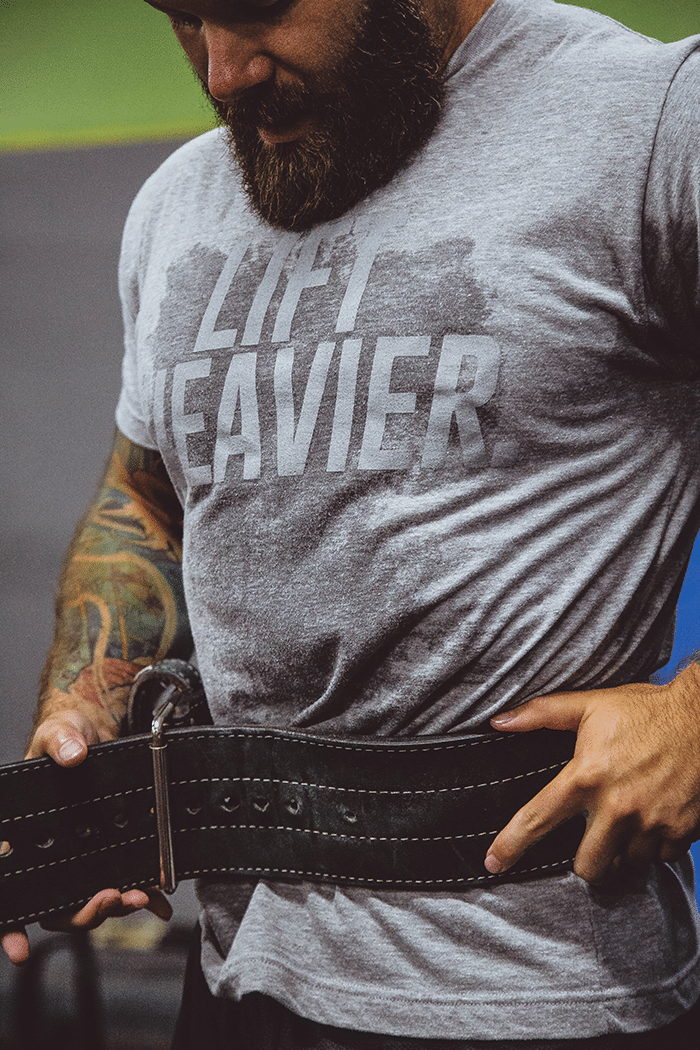
For Muscle Mass
Box Squats can be a great way to target the quads. Choose a lower box to lengthen the range of motion and hit the quads as hard as possible.
Complete 3 – 5 sets of 8 – 12 reps. Rest for 30 – 45 seconds between each set but no longer than this.
Box Squat Variations
These variations will provide you with an expanded arsenal of training tools.
Pause Box Squat
The technique for this variation is the same as the regular version. However, you must pause in the seated position for a count of at least three seconds. Remember not to breathe out and lose tension in the core and body.
The pause removes any potential use of momentum for the return upwards journey back to the starting point of the lift.
This will provide huge gains for your raw strength and power output. You also minimise stretch reflex and maximise your lowering control.
Box Squat with Bands / Chains
Bands and chains help to vary the intensity of the stimulus and the weight at varying times during the range of motion.
This is a highly effective way to keep your body guessing and identify at which points during the movement are you weak and strong.
Bands can be set up in varying ways to alter resistance. The more of the chain that is off the ground as you move, the heavier the load will be.
Low Box Squat
The simplest way to vary the exercise is to change the height of the box that you use. A lower box will ensure a longer range of motion, increased time under tension and maximal muscle growth.
If you have trouble with achieving full depth in the Squat then progressively lowering the box is an excellent strategy to build this skill and movement ability up over time.
Box Squat Alternatives
These alternatives are great movements if you need to switch up your training and Squat in different ways.
Goblet Squats
This is an effective way to re-program and enhance Squat technique. It is especially useful for beginners but is also an exercise that should be regularly revisited by more advanced lifters as well.
The anterior (front) loaded position forces the torso to stay upright and the core tight. It will remind any lifter to not allow their knees to cave inwards and how to control their breathing for squatting.
Half or Three Quarters Depth Back Squat
If you don’t have a stable piece of equipment that can be used to sit on then try limiting the range of motion yourself. Make sure to pause in this position (half or three quarters depth) then return to the starting position.
This will not provide exactly the same stimulus as the Box Squat but it will allow a lifter to understand where they have strength and mobility issues and work on them.
Instead of using a box, you can self-limit your range of motion. Though, this is difficult and may lead to bad squatting habits. Be sure to use a spotter if you’re going heavier.
Hatfield Squat
This is an assisted Squat variation that can be completed with a safety Squat bar inside a rack. It provides a similar stimulus to the Box Squat which makes it a great alternative.
Landmine Squat
This exercise will allow you to Squat with an arc range of motion, a unique stimulus for the body.
Andersen Squat
This form of the Squat works in reverse. You start and end every rep at the bottom. It is brutal and highly effective. There is nowhere to hide with the Andersen Squat.
FAQs
Got more questions? Scroll through to find the answers.
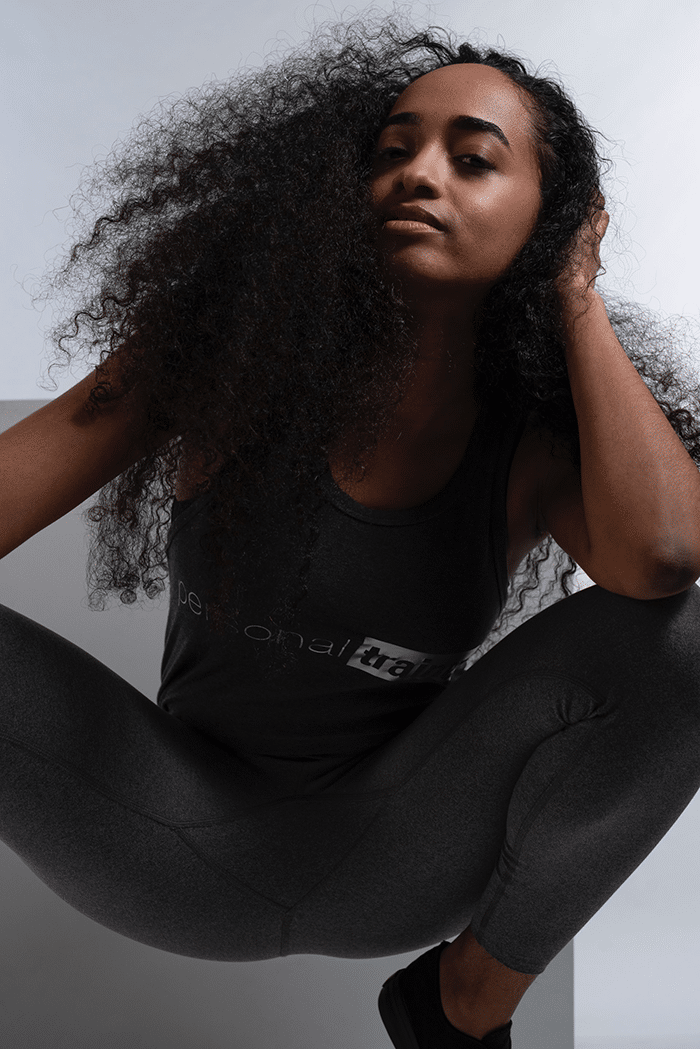
Are Box Squats more Effective?
They are highly effective at building raw strength, muscle, power, confidence, breathing technique and the ability to control the load safely and precisely.
They are a highly valuable addition to the core compound lifts and can significantly develop your Back or Front Squat numbers.
Why are Box Squats Bad?
The exercise is not bad when it is performed correctly. Make sure to move slowly and confidently and don’t let the weight crunch and squash you at the bottom of the range of motion.
Build up the numbers over time. This is an exercise where you can shift serious weight but it can feel awkward when you first start learning how to do it.
Are Box Squats Safer than Regular Squats?
Any form of strength training carries some degree of risk. Box Squats are not safer but both will cause you no problems when you lift with great form and intelligent loading.
Why are Box Squats so much Easier?
You don’t need to stabilise the weight and your body at the bottom of the movement.
The movement also allows the lifter to maintain more vertical tibiae (shin bones) and emphasise the posterior chain more.
Do Box Squats Build Muscle?
Yes, they are an effective exercise for building muscle when programmed properly. It is possible to lift heavy loads and the exercise is great for long periods of time under tension as well.
All of these points are important factors when it comes to building muscle.
Do Squats make your Butt Bigger?
Yes, if that is your goal. The Squat can be programmed for strength or muscle mass so that will develop the glutes.
More muscle mass equals a bigger butt.
Are Box Squats Bad for your Knees?
No, they are not bad for your knees when performed correctly. Make sure to start light and build up the necessary form, confidence and strength over time.
If you have any pre-existing knee injuries, consult a doctor or physio before you add the exercise into your training.
Are Box Squats Bad for your Back?
No, they are not bad for your back when done properly. Maintain solid form at all times, program the weights progressively and honestly, don’t let the ego get in the way of intelligent incremental development.
Are Box squats Good for Beginners?
Ye, the Box Squat is a good exercise for beginners. It forces the lifter to work slowly and engage their body at all times throughout the full range of motion.
It builds force production, strength, muscle mass and challenges the mind.
Learn More
If you want to expand your knowledge by learning how to train your chest.

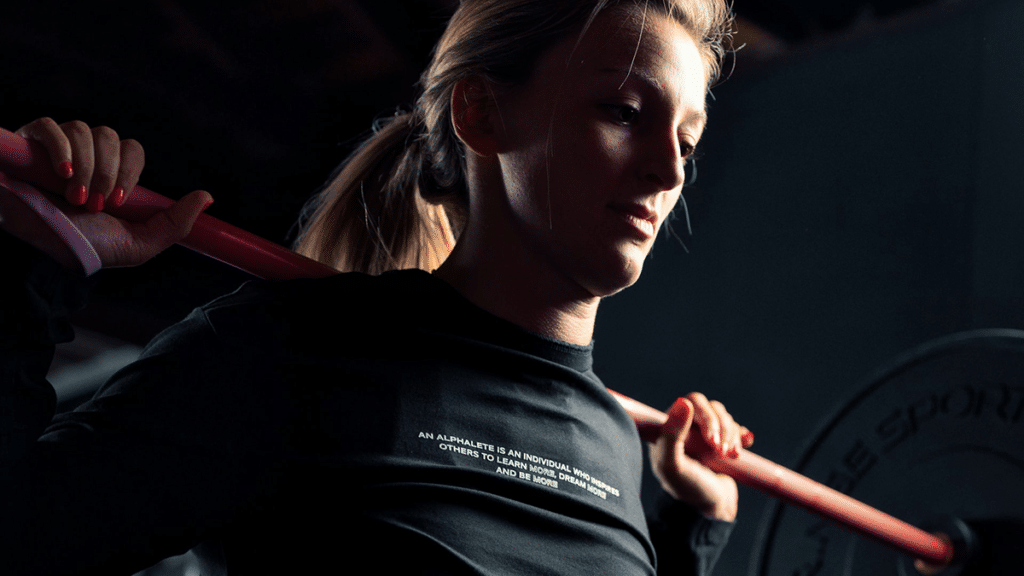

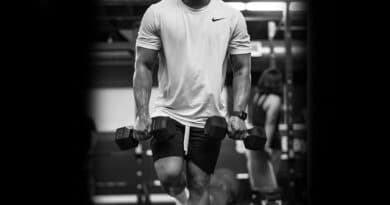

Comments are closed.